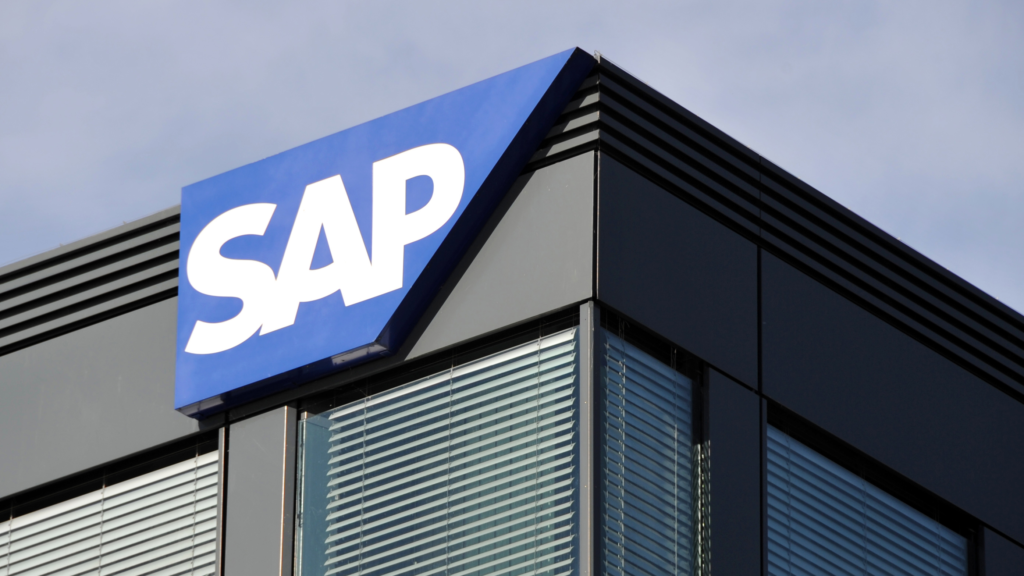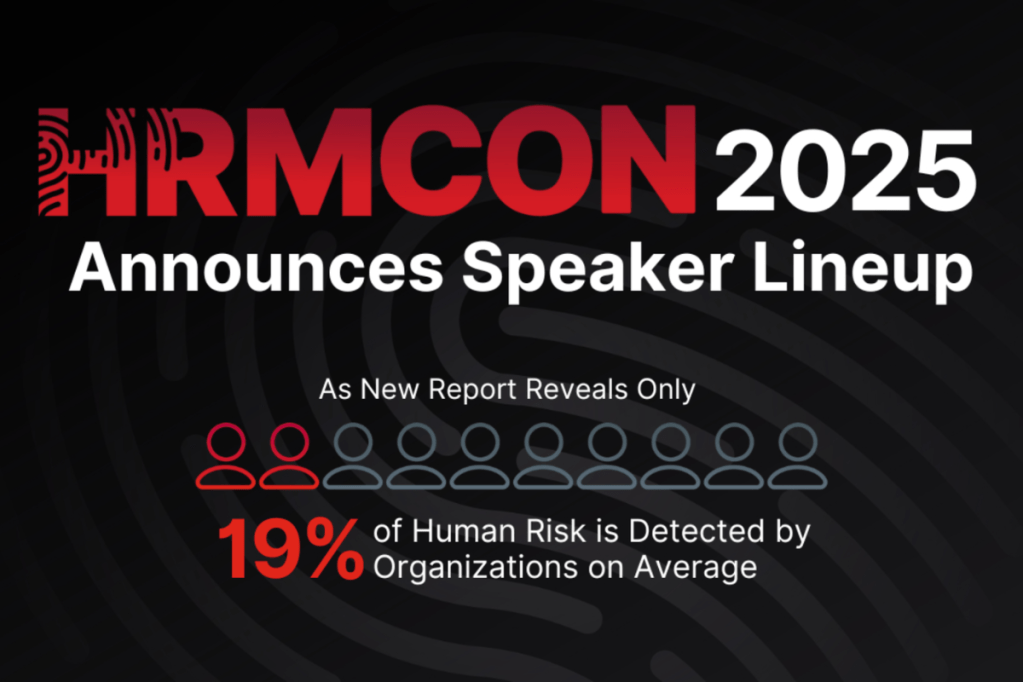How to harmonize virtualization and containerization
Large enterprises often struggle to integrate two beneficial technologies: virtualization for server infrastructure and containerization for application infrastructure. The reason is the differing needs of operational technology (OT) and information technology (IT) teams. These teams tend to see virtualization and containerization in terms of their own needs. That makes it difficult to mesh the two technologies. The OT case for VM infrastructure Virtualizing hardware architecture lets OT shift legacy operating systems and their mission-critical applications to modern, reliable, scalable hardware. “You can’t run your business on used hardware from eBay,” says Rudy de Anda, head of strategic alliances, Penguin Solutions. Virtualization offers other benefits for OT teams, such as workflow consolidation. “It also breaks up data silos and brings cybersecurity and other enterprise applications to the edge to reduce latency and improve user experiences,” says Ken Espiau, principal solutions architect at Penguin Solutions. The IT case for container infrastructure A main driver for containerizing applications is the rise of devops, an approach that adopts a microservices architecture to simplify and accelerate both software development and integration. A lightweight, portable container for each microservice simplifies software deployment. “This approach lends itself to continuous innovation by IT,” says Espiau. “You only have to update specific, small microservices. You can patch software in near real-time.” There is an inherent synergy between virtual machines (VMs) and containers that enables both teams to achieve success. Integration of VMs and containers is challenging Despite the benefits, as organizations try to integrate VMs and containers, they often run into business and IT issues that obstruct this natural synergy. Cybersecurity concerns remain surrounding legacy operating systems and applications that virtualization alone can’t address. Another issue is determining how to simultaneously facilitate and secure edge application access into corporate systems. Functions that had been neatly separated into OT and IT domains now urgently need to be integrated. For example, the industrial internet of things (IoT) is traditionally within the IT domain, yet industrial controls have caused it to become an OT responsibility. “These two organizations need to recognize, acknowledge, and resolve their respective differences and needs,” says Espiau. An opportunity for synergy Penguin Solutions recommends a four-pronged approach to resolving this disconnect: Enable both VMs and containers on a scalable, high-availability, fault-tolerant infrastructure, such as Stratus computing platforms. Establish an orchestration platform to automate deploying and managing containers. Eliminate or minimize application dependencies. Shift cybersecurity capabilities to the edge. A major oil and gas operator deployed the Penguin Solutions Stratus ztC Edge platform to host its legacy supervisory control and data acquisition (SCADA) applications in VMs. It also deployed a containerized, AI-based anomaly detection application for real-time pipeline monitoring. The VMs provided isolation and fault tolerance for critical OT workloads, while the containers enabled rapid deployment of predictive maintenance algorithms. The bottom line VMs and containers—properly designed and deployed—enable OT and IT teams to mesh their efforts for increased business value. Legacy applications run in high-availability VM networks, and containers enable new software functionality to deploy quickly in response to changing business needs. Delve further into the “Better Together” story of VMs and containers by watching this webcast. source
How to harmonize virtualization and containerization Read More »













